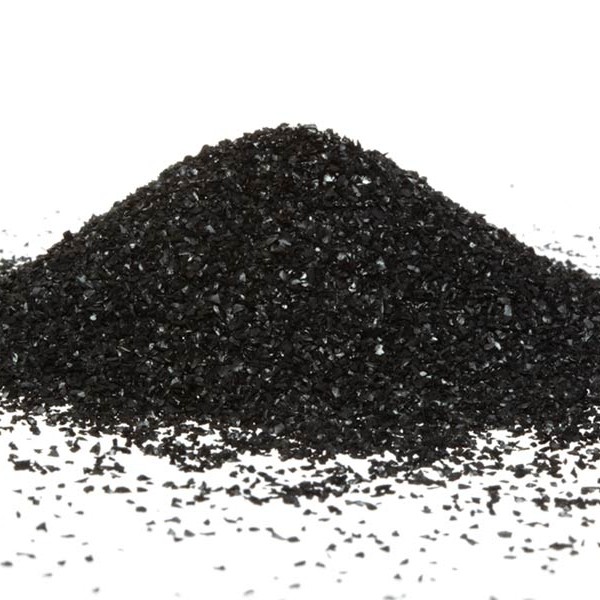About the product
Activated Carbon has an inbuilt high surface area structures. A gram of activated carbon may have a surface area in excess of 500 m2. Because the individual particles of activated carbon are convoluted they display various kinds of porosity which is conducive for adsorption. As Activated Carbon adsorbs iodine well, the iodine capacity (mg/g) is normally used as an indication of the total surface area. Iodine number is a measure of activity level and a fundamental parameter to denote activated carbon performance - higher the Iodine number higher the degree of activation). To increase the adsorptive capacity, various chemicals are applied to the Activated Carbon - this process is called as chemisorption.
The application of activated carbon in industries varies from air filters, food de/coloring, gas purification, gold purification, metal extraction, metal finishing, medicaine, fabrics, nuclear power plants, recycling solvents, etc. Hence the need to produce activated carbon with different properties has become very important resulting in manufacturing activated carbon with specific sized molecules and specific chemical characteristics.
Granular Carbons (GAC)
Powder Carbons (PAC)
Washed Carbons (Acid, Air & Water Wash)
Impregnated Carbons (Silver,KI,KoH,Sulphur,TEDA & Copper Oxide)
The application of activated carbon in industries varies from air filters, food de/coloring, gas purification, gold purification, metal extraction, metal finishing, medicaine, fabrics, nuclear power plants, recycling solvents, etc. Hence the need to produce activated carbon with different properties has become very important resulting in manufacturing activated carbon with specific sized molecules and specific chemical characteristics.
Granular Carbons (GAC)
Powder Carbons (PAC)
Washed Carbons (Acid, Air & Water Wash)
Impregnated Carbons (Silver,KI,KoH,Sulphur,TEDA & Copper Oxide)
Contact with supplier
Company
